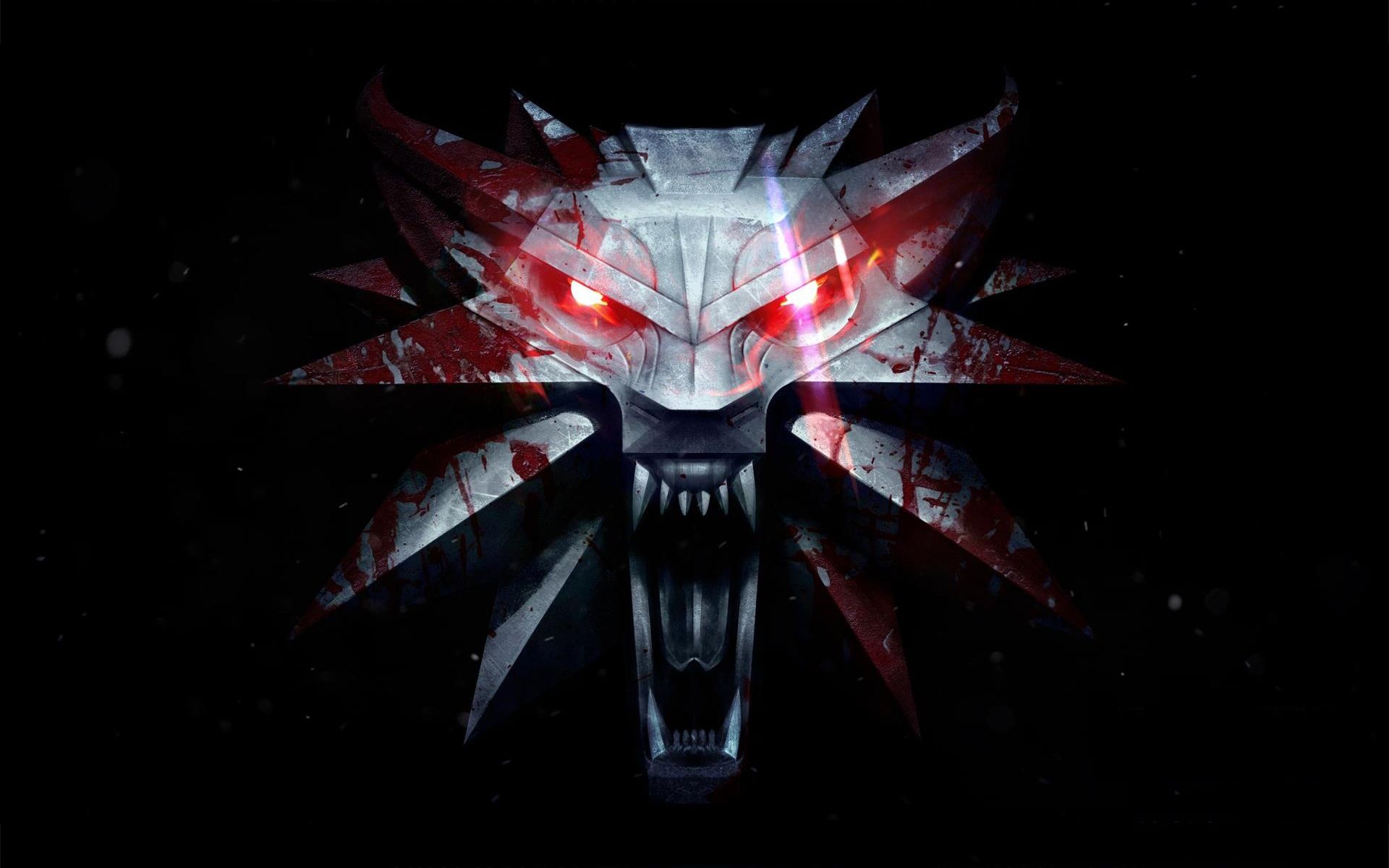When they get an interview opportunity, most try to grab the Game Director or the Producers due to their bird's eye view on most aspects of the game.
Personally, as soon as I heard that the Witcher 3's Visual Effects Artist Jose Teixeira was available at Gamescom, I jumped to the chance, and by watching the interview below, you'll probably understand why.
We all know, by now, that the game will look awesome, but today we get to understand a little more on why it looks awesome, and Teixeira is one of the men best positioned to explain that.
We learn that CD Projekt is working on optimizing the game's performance thanks to a new tool that scans every asset for redundancies, spurious elements and resource-hogging items, in order to bring the frame rate under control and hopefully get a big boost in performance on all platforms. Tiny little changes can even give improvements of five or six frames per second, while the developers expect an increase of twelve or more FPS after all is said and done.
According to Teixeira, thanks to all the optimization, even PCs with mid-range graphics cards like a GTX 660 will be able to get very good visual results, while consoles will require some small sacrifices that won't make a huge visual impact, but will allow a large performance gain.
He then moves on to talk about the Igni sign, which has over a thousand particles that bounce over terrain and even burn the grass.
During the presentation I was impressed by the size and scope of the City of Novigrad, and Teixeira revealed that the place is mostly hand-made, with buildings and elements of the environment purposely placed by hand at mismatching angles to create a realistic feeling.
We then learn that the physically based materials allow for great interaction with light sources, and that's another of the strong points of the game, as it uses image based lighting (which means that there are no pre-baked lights). Even the signs can be used to set elements of the environment on fire, and cause them to actually shed light. The team is still at work on this, especially on making materials look even better when they're wet.
The weather is fully dynamic thanks to a system based on probability of the appearance of certain conditions, like rain or a specific kind of clouds. The rain even varies in intensity. Teixeira explains that particular attention has been put on transitions between different weather conditions, so the change between them won't be sudden and jarring like in most games.
The team is also working on making the clouds themselves cast shadows on the ground, and there are actual situations in which the snow builds up on the grass.
The most interesting thing, though, is that there are actual survival situations in which Geralt will be able to reach safe areas to stay warm when it's freezing, and cold weather will have impact on gameplay, causing damage and slowing movement down.
According to Teixeira the real clincher in favor of The Witcher 3, is the balance between quantity of quality, and hopefully it won't disappoint the fans.
He then explains that the game includes a dismembering system based on the angle and type of the last strike of a combo, while he's currently trying to make blood look even better by using particle trails (similar to those used in inFAMOUS: Second Son).
We finally learn that a major upgrade has been done to the vegetation system, making it much faster, and even the folks at SpeedTree (the dedicated vegetation middleware used for the game) were impressed by the effect, even thanks to one of the developers on the team that is an expert on the topic, and knows exactly what kind of plant should be placed in any environment.
But without further ado, you can check out the full interview below. One thing is for sure: seeing this kind of passion coming from a developer (even more so at 7 PM on the second day of an exhausting convention like Gamescom) is definitely refreshing.
//www.youtube.com/embed/tEFBVIKrKco

